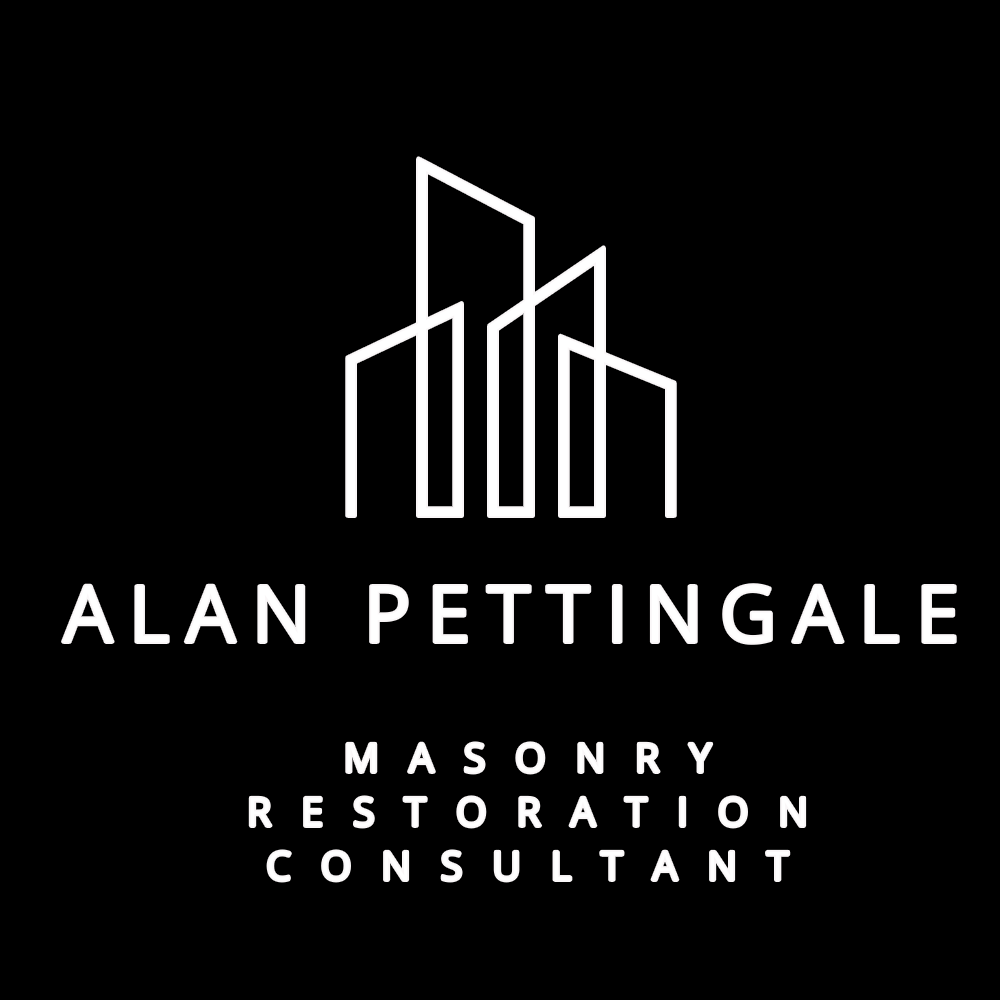
PHILOSOPHY
Alarming Trends in the Masonry Repair Industry
Written by Alan Pettingale in 2009 – and still relevant.
Over recent years I have been investigating current industry trends. In the course of this work some alarming statistics have come to my notice. Recent surveys have shown that seventeen billion dollars are spent on Foundation Repair, in the United States each year. Seventeen billion dollars constitutes more than twice the amount spent on the remediation of damages, caused by floods, hurricanes, tornados and earthquakes combined.
At the same time a very limited amount is spent on masonry restoration. This trend is very surprising to me as I have seen that foundation damage rarely occurs, without affecting the supported masonry above in some way. To aggravate the situation, foundation problems are not the only source of masonry damage in buildings.
Other factors that are to blame are shoddy workmanship in new structures. For example, I have personally found wall ties corroding with red rust after just one year, and wall cavities blocked with mortar up to 8 courses high, blocking the weep holes. This is coupled with the fact that many historic buildings are beginning to show their age, and now need urgent repairs.
Many historic small towns are intent on revitalizing their old town squares, yet while they attract tourists and residents, these towns do not take measures to avoid exposing these visitors to the hazards of falling masonry and collapsing structures. In addition, the results of masonry problems, such as the health hazards of black mold, or the damage caused by interstitial condensation and termite infestation, are widely discussed in local and national media, and pose a serious business risk to both Insurance Companies and owners.
No one seems to tie this back to the pragmatic steps that could be taken in the area of masonry inspection, and cost-effective repairs that could prevent them. With the way failing masonry impacts the safety and quality of our lives, in both private and public buildings, an epidemic is hitting America. Sadly, we are ill prepared, having few provisions and guidelines for much-needed specialized masonry repair techniques. Furthermore, decision makers from private investors, to insurances, to public safety officials, are not adequately advised to make the right restoration decisions.
During a conversation with Professor Tom Grimm, he once told me that approximately 12,000 papers have been written on masonry, but nearly all are about new construction. I believe that economic and effective methods of masonry repair are already a matter of record in other countries around the world; their suitability should be investigated and appropriately implemented to the benefit of all. With the many recent building collapses in the news and media, I feel there is an urgent need to look further into this problem, and then to share findings with Engineers, Architects, Insurance Companies, and other professionals in the field, as well as to educate the stakeholders.
In my opinion The Masonry Society and the APTI are going to play a crucial role in meeting the challenges ahead, and position themselves as vital resources. They will coordinate between all the practitioners in the field to bring both theoretical and practical knowledge, along with application into play. Ultimately there will be a new building industry that is not erecting new structures, but that has the knowledge, and insight, to preserve the existing building resources in America.
This is in addition to protecting the assets we already have, from the investment in a family home, to our national heritage, enshrined in our court houses, city halls, churches, and Town Squares.

